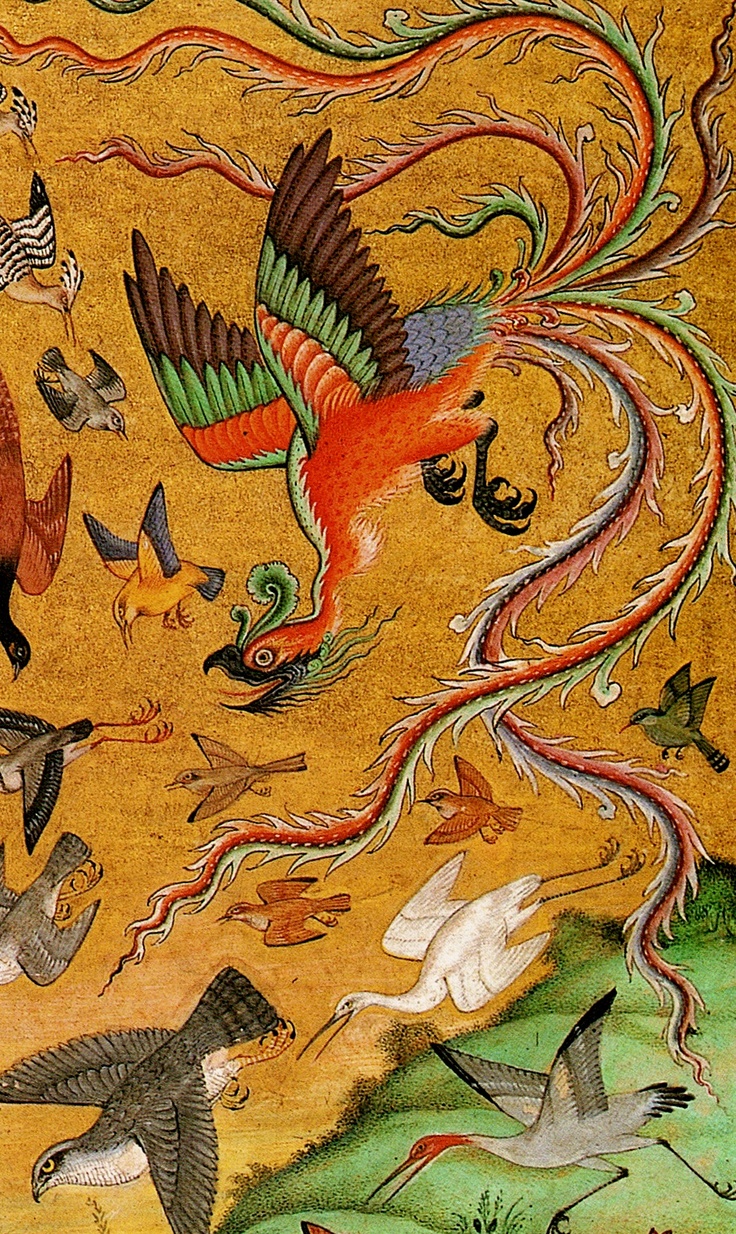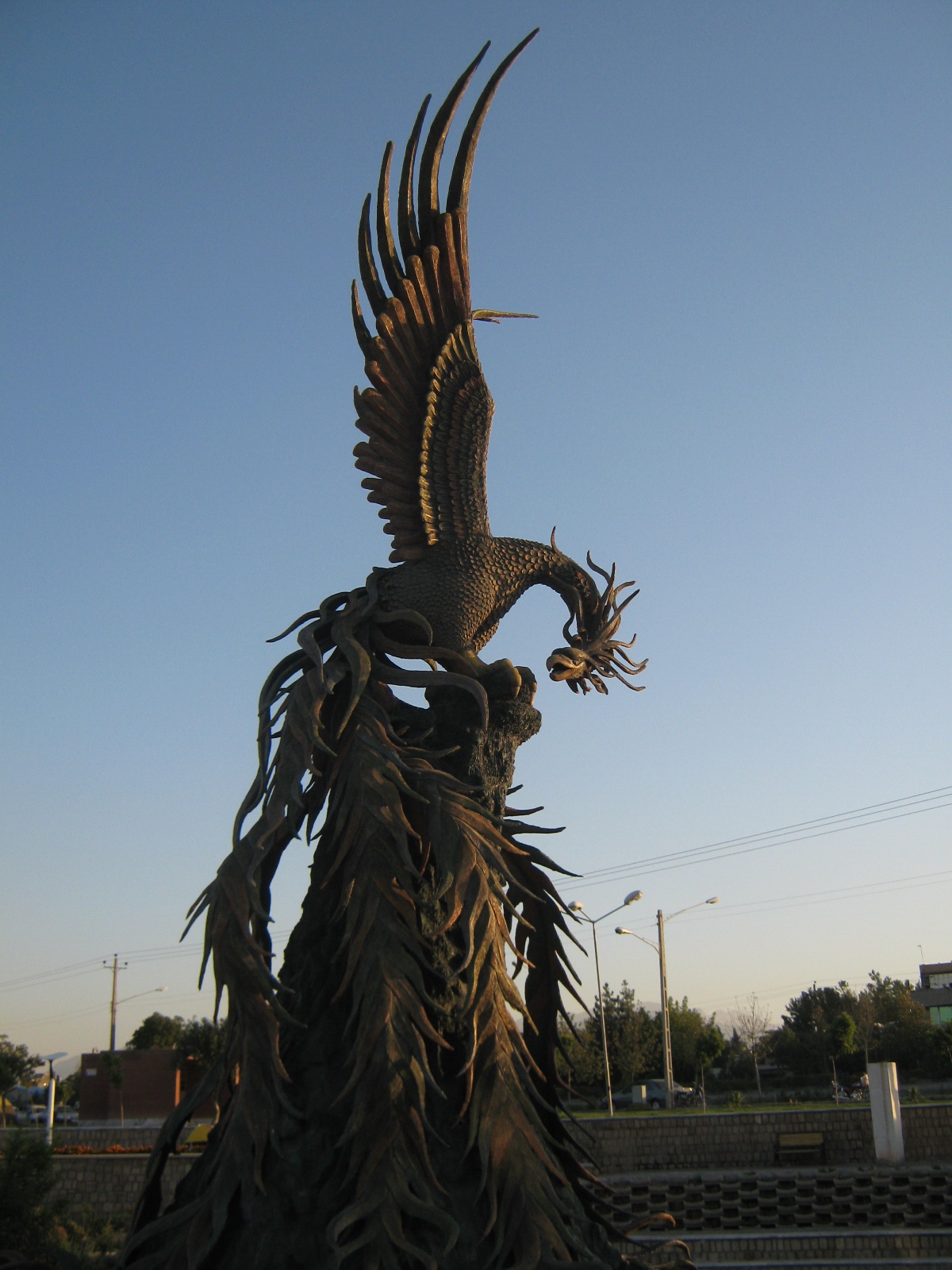Every living being on this earth has its own place in the universe – practically. The world should not be seen anthropocentrically simply because we can’t fathom the meaningfulness of other life in regards to those dimensions which we don’t know much or even anything about. Other “dimensions” of meaning aren’t restricted to physics and mathematical abstraction: ethics, and its substance (life!) too has dimensions beyond a narrow anthropocentric reach.
If I take the ethical vastness and comprehensiveness into account, I am able to see that every action I can do, and every wrong I don’t do, wherever I am, has an impact on the life around me. Taking the interest of all life into a wide ethical (in a sense of setting oneself in a creative relation) consideration, makes the action of the individual meaningful.
G. and F. Yegane Arani, 5 Neovegan Perspectives


